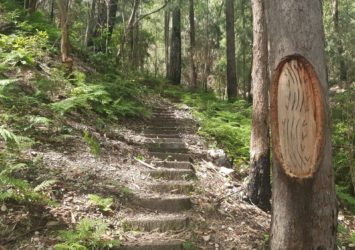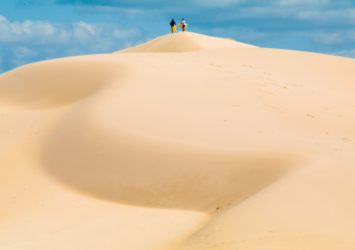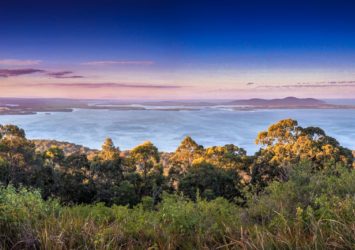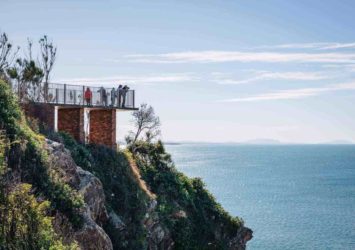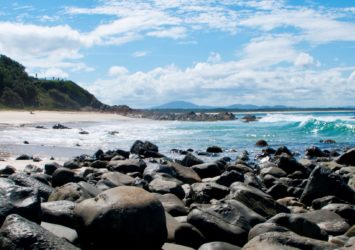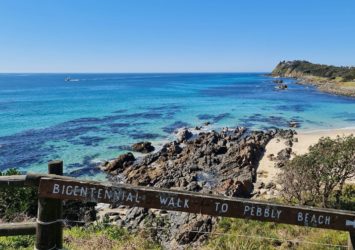Follow the footsteps of our First Nations people: the Worimi
Here are 6 suggestions for enjoying this beautiful destination while respecting its Aboriginal heritage.
A large portion of the Barrington Coast was originally known as Worimi Country. No matter where you visit in the region, you will be on land which has been cared for by Aboriginal people for thousands of generations. Worimi Country is a cultural paradise, rich in resources and Aboriginal culture.
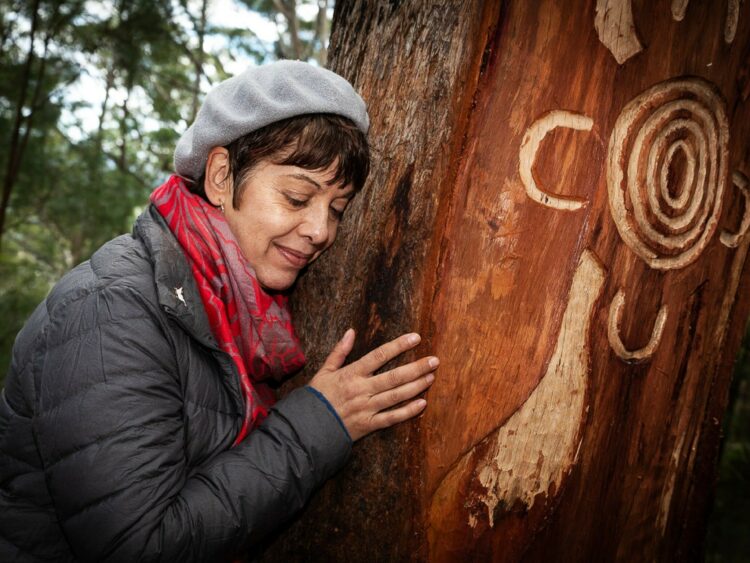
Pronounced “worri-my”, Worimi Country sits stretches from the Hunter River to the Paterson River and along the coast from Port Stephens to its northern boundary at Wallamba River. In Worimi, you will find something to do for everyone, from adventurers, families, campers and grey nomads to international travellers.
Here are the top 6 activities to put on your to-do list.

1. Feel the presence of Country at Bulahdelah Mountain
Bulahdelah Mountain is an Aboriginal Place with cultural, spiritual and historical significance to the Worimi people of the Barrington Coast.
It includes walking tracks and lookouts to respectfully explore and enjoy, including traditional tree carvings, a cultural space with seating and fire-pit, and visitor facilities. Bulahdelah Mountain is 292 metres and there are several tracks to explore:
- Boolah-Dillah Track from the car park is a steep walk to the Worimi cultural area where you can rest or picnic.
- Mountain Track from the cultural area leads to the Mountain Lookout for spectacular views over Bulahdelah.
- Ted Baker Track follows the old tramline south to Ted Baker Lookout, which gives panoramic views across the Myall River and coast.
The lookouts are natural rock cliffs without barriers so you’ll feel part of the natural landscapes and stunning views.
We hope you make a spiritual connection to Country here.
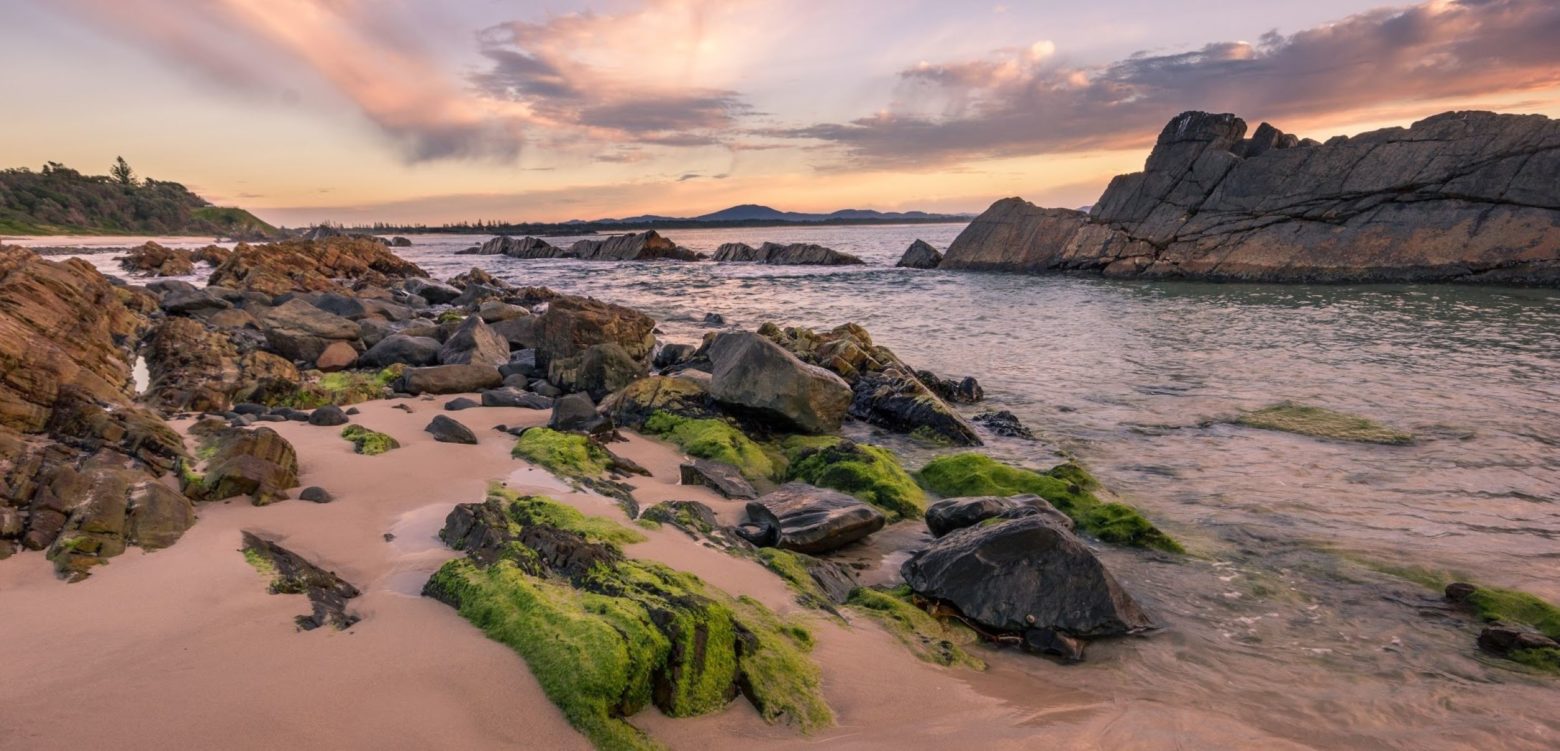
2. Take a coastal walk
Worimi people lived all along the coast, and if you look closely, you will still find evidence of campsites there today. Pay close attention to the plants as you pass. Although the landscape is continually evolving, you can still spot pockets of ancient rainforest and species that have been there for thousands of years. Worimi people used these plants for both food and medicine, as they had a very holistic diet.
Make sure you visit Pebbly Beach at Forster, which is popular with visitors due to its flat terrain and stunning outlook. Many Aboriginal people today still have a connection to Pebbly Beach. They recall visiting as children for family gatherings, where they ate traditional foods, and cooked damper and fish on hot coals. The beach’s north-facing rocky aspect attracts crabs, lobsters and abalone – all of which still make their home there today. The Tanks rock formation also protects the beach, making it a great spot for a dip.

3. Visit an archaeological site
There are plenty of spots rich in archaeological history in Worimi Country, but a visit to Dark Point is a must. Located in Myall Lakes, it is a declared Aboriginal place, and remains protected under the National Parks and Wildlife Act.
Dark Point was a popular spot for Aboriginal family gatherings, with evidence of traditional burials still visible to this day. Arrange a tour to the protected site by contacting the Karuah Local Aboriginal Land Council.
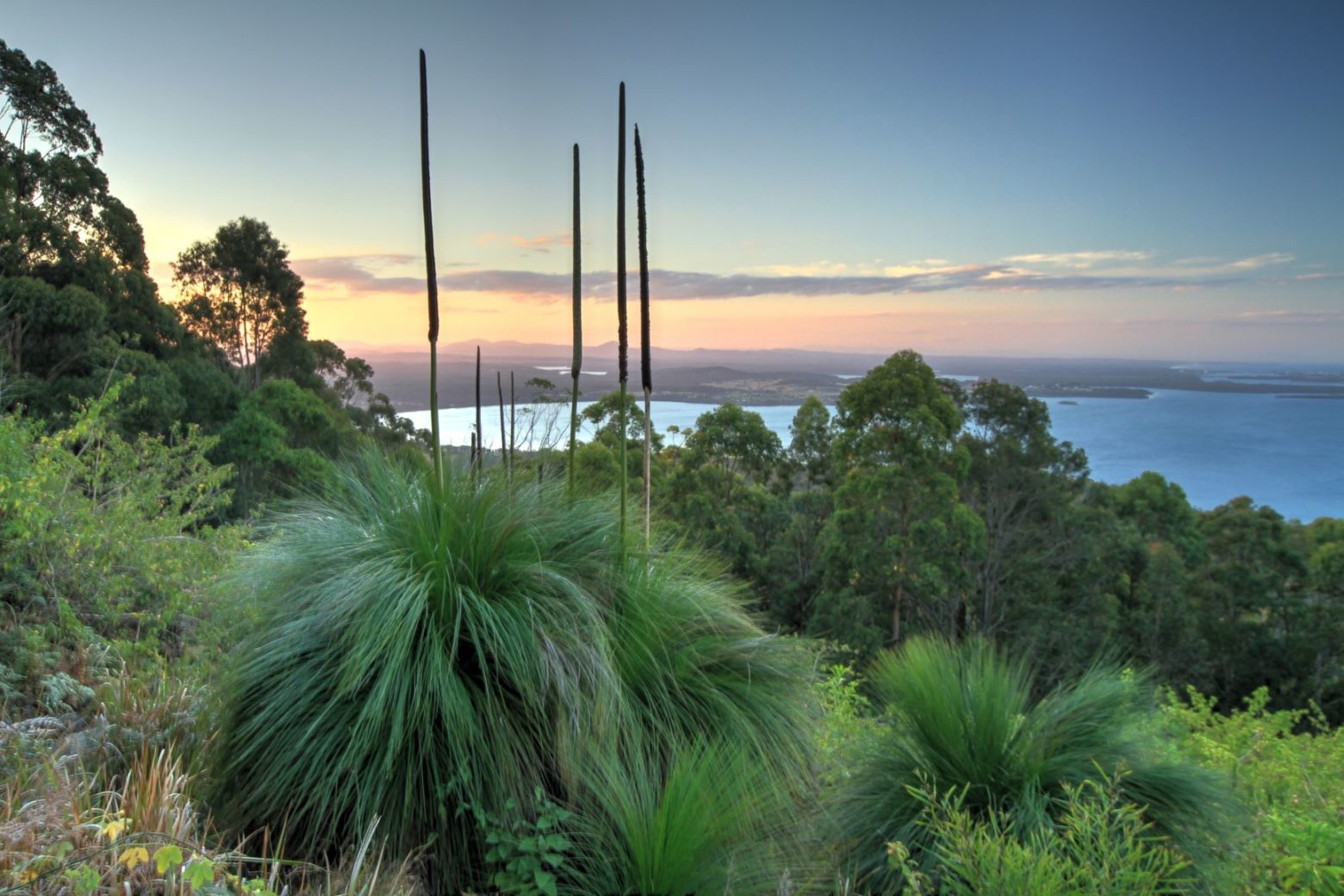
4. Soak up the landscape at Whoota Whoota
For expansive views of Worimi Country, take a drive to the Wallingat National Park. There, you will find the Whoota Whoota Lookout, which offers sweeping views north and south. Spot Wallis Island, a traditional ceremonial island used by Aboriginal men on Wallis Lake. You can also glimpse Yahoo Island, where local women held their ceremonies.
The lookout also showcases Booti Booti National Park. Enjoy views from Cape Hawke south to Pacific Palms, where a sand spit separates the lake from the ocean at Tiona.
To truly appreciate the wonders of the Worimi Country, get in touch with the local Aboriginal Land Council to organise a tour. Their knowledge of the land and the Aboriginal people who inhabited it will enrich your visit.
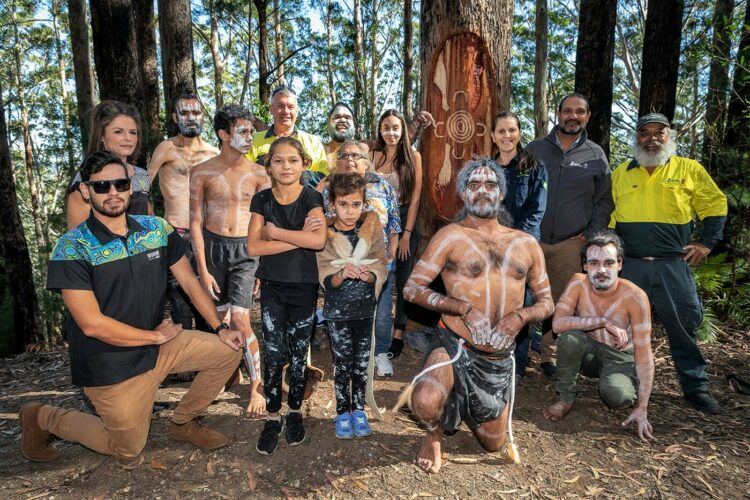
5. Taste the seafood of Worimi Country
Seafood formed a large part of the diet of the Worimi people, and for good reason. The area has an abundance of fresh seafood and the Aboriginal people feasted on the shellfish, oysters and fish that resided in the many waterways.
Sample the fresh seafood yourself by fishing in the many open beaches, or along the rocks, lakes, estuaries and waterways up the mountains. Choose a spot along the many beaches and headlands, or head to the pristine waters of Barrington Tops to try your luck at catching trout. But before you throw a line, check the zoning of the area with the Port Stephens Great Lakes Marine Park.

6. Walk through history at Coomba Park
Located on the south-west end of Wallis Lake, Coomba Park is one of the last areas ancestors of Worimi Country lived a traditional lifestyle. Coomba is the Aboriginal word for “tomorrow” and Coomba Park was named after local, Coomba George. The elder was respected by the community for always planning ahead and looking out for his people.
Pack a picnic and enjoy a stunning scenic walk along the foreshore. And don’t forget to keep an eye out for more coastal evidence of Aboriginal people – it’s everywhere!
